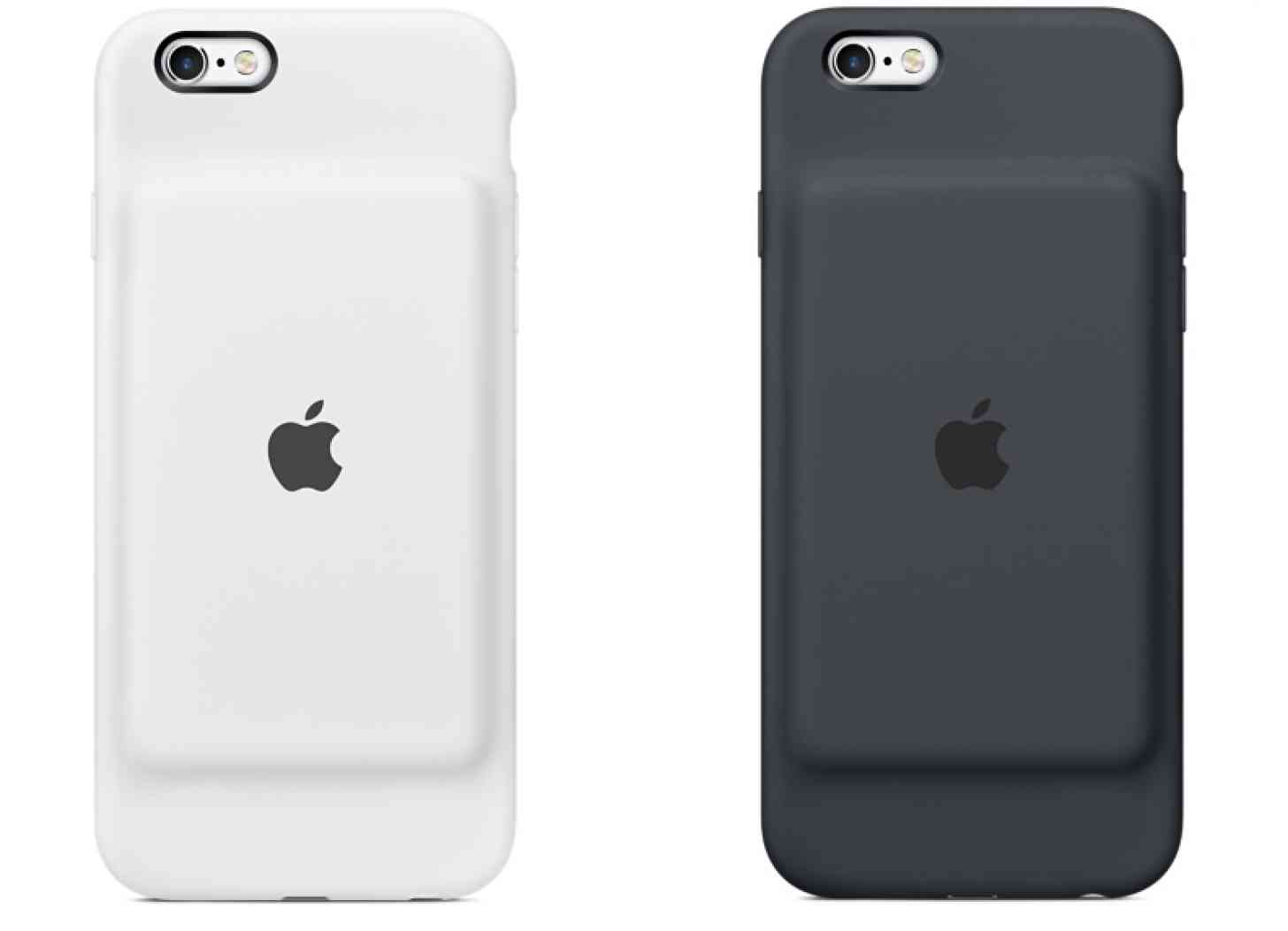
If you read enough articles regarding smartphone trends and news, you might be under the impression that if you don’t upgrade every 6 months – or at the very least, once a year – your phone is a decrepit piece of junk, and you should be ashamed. A couple of years back it was easy to tell yourself differently, as you could always whip out the “Well, my upgrade isn’t available for another 16 months,” card, which would generally warrant an understanding nod from a fellow contract-signer. Nowadays we have early upgrade and leasing programs abound that allow you to easily trade up every 6 to 12 months, so it would almost seem like nobody uses 2-year contracts anymore, and the upgrade excuse is no longer viable.
Despite all of the new programs in place to get you a new phone faster, there are still a ton of people that prefer to upgrade every 2 years, whether it’s through a contract or paying off their device in full through a payment plan. To me it doesn't seem as daunting as it used to be, especially when you consider all of the advancements that have come to smartphone technology. Keeping a phone for a couple of years is pretty easy depending on the phone that you have.
However, 2 years (or more) can still take its toll on a phone, and if you start to notice a dip in performance but aren’t quite ready to give up your phone, there are ways to give your phone a boost to make it last a while longer. As somebody who usually decides to keep using the same phone for a while, here are ways that I keep my phone fresh and interesting over time.
If your phone looks a little rough on the outside, there are a couple of ways you can fix this: a case or a skin. If you’re prone to dropping your phone a lot, a case would probably be in your best interest. If you’re the type of person that enjoys the feel of a phone without a case, a skin is an easy way to freshen up the exterior without adding bulk. They’re also good solutions if you just want to change the way your phone looks.
If you’ve been carrying your phone for a year or more, you may have noticed that your phone just doesn’t last as long as it used to through the day. Over time, batteries can lose their ability to hold a charge as well. Unfortunately, a lot of devices “feature” non-removable batteries, which kind of sucks in this situation. For devices with removable batteries, the easiest solution is to just buy a new battery. Voila, good as new. For devices with non-removable batteries, you might still be able to replace the battery yourself – you’ll just have to do a little more work to get the back off. Google is your friend here, and you can easily find out if you can feasibly replace a battery yourself.
Alternatively, and probably the easier solution to this problem, would be to purchase a battery case for your phone. They can add quite a bit of bulk, and they don’t usually make the best protective cases, but they can make your phone last quite a bit longer if you get a reputable case with a big enough battery.
If battery cases aren’t your thing, you might also consider carrying around a power bank.
Maybe your phone is lagging a lot lately, or some apps just aren’t working like they used to. It might be because your phone or apps haven’t been updated in a while, or perhaps your device is now super bogged down with apps, pictures, music, and media. If your phone and all of your apps are up-to-date and you’re still experiencing lag, there are a couple of options you can take, depending on what kind of platform you use and features you have at your disposal.
Several Android and Windows Phone/Windows 10 Mobile devices feature the ability to expand memory via micro SD card, which means you can store your photos, videos, music, and some other forms of data there. Depending on your phone’s software version, it may allow for applications to be stored on the SD card. Being able offload this data off of the internal storage may increase your phone’s performance.
For those who don’t have this option, I would recommend either A.) Moving all of your stuff to your computer and/or a flash drive, or B.) Moving everything to cloud storage of some sort (you could do both, especially if you want to be able to just pull stuff from the cloud whenever you need it) and just start over completely clean. In my experience it sounds more difficult than it really is; I don’t particularly like the idea of not having all of my stuff on my phone. However, any experience in lag that I’ve had has almost always been helped with a reset.
Extra option: If you have an Android device and some time on your hands, it’s not a bad idea to head over to XDA Developers and find out what rooting can do for your phone. If you’re new to rooting, I would recommend having a backup device on your hands just in case things go awry.
These three issues are the ones I find most annoying when using an “older” phone, but I’ve always found that with a little bit of maintenance I can make that puppy last for several more months before I feel like it’s no longer worth the hassle and buy something new.
Readers, when your phone starts to look a little shabby and move a little slower, what’s your solution? Do you try to keep it running as long as possible, or do you upgrade? Let us know in the comments below!